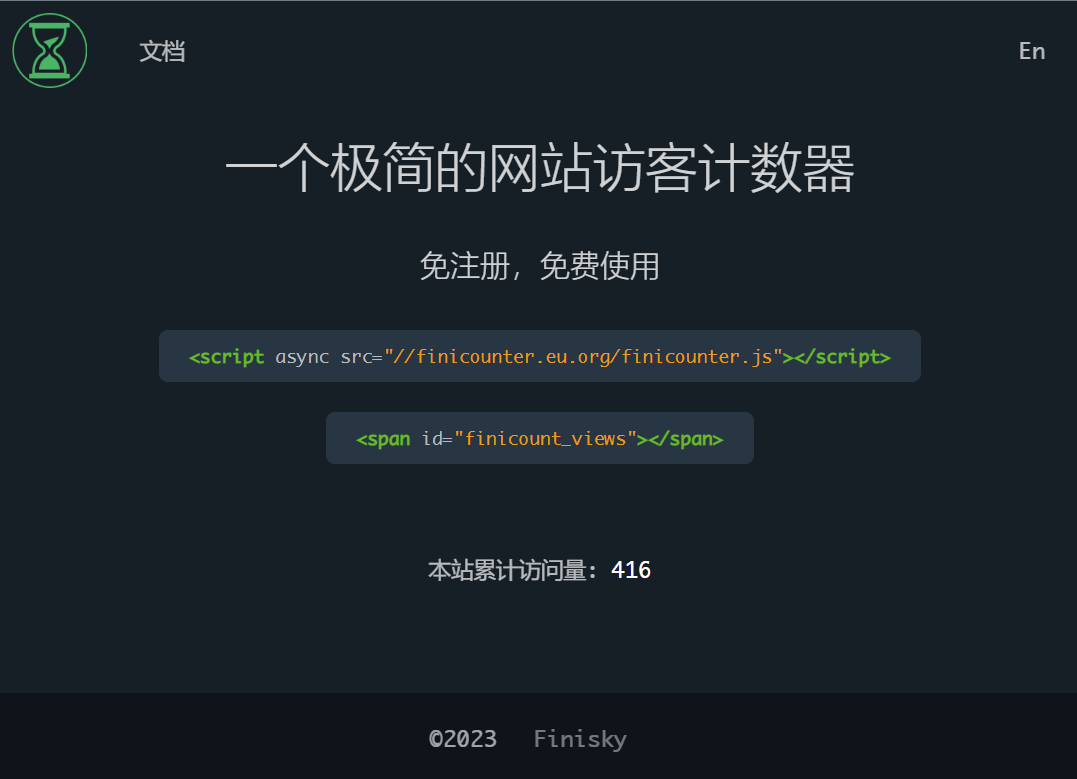'pandoc exited with code null' Solution
As the post number increases, Hexo generate posts slower and slower. Recently, it usually generates posts for several minutes and report the following error:
[ERROR][hexo-renderer-pandoc] pandoc exited with code null. at Object._prettifyError (/home/finisky/node_modules/nunjucks/src/lib.js:36:11)
I spent several hours to figure out the issue. Finally, I found the root cause is ... VM memory is too small ... :-(





